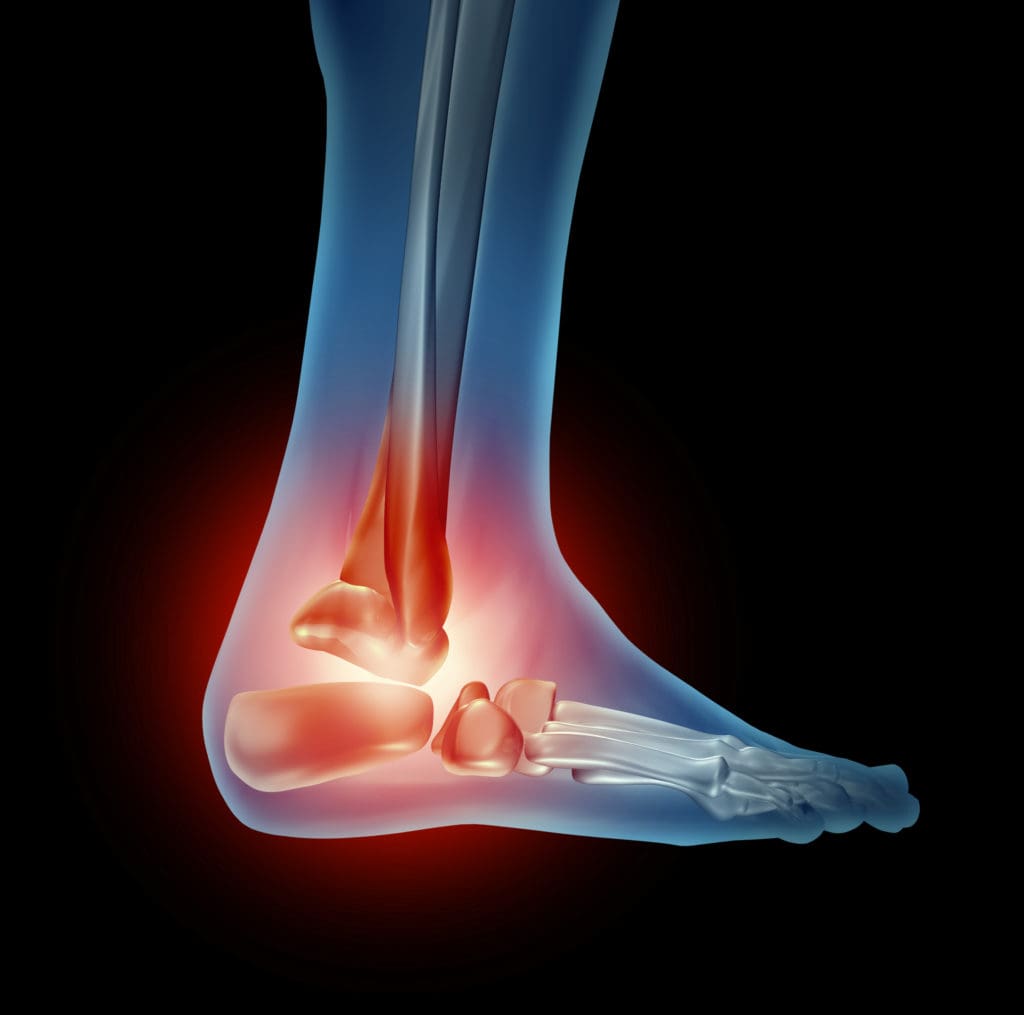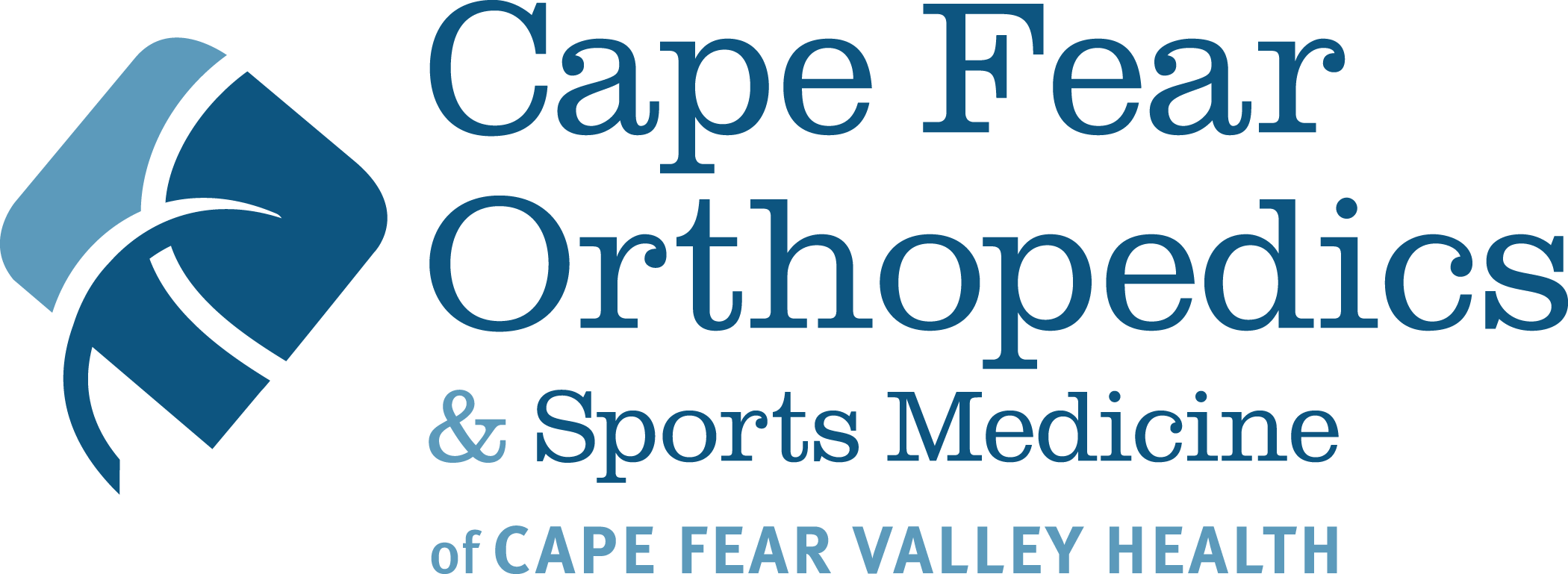How To Keep Your Feet & Ankles Healthy

Participating in physical activities always involves the risk of injury, but there are some simple tips that can help prevent many of them. Even obvious things like properly warming up are sometimes neglected. It only takes one time to suffer a debilitating and painful injury like Achilles tendonitis or a sprained ankle.
Foot and ankle injuries are very common in today’s active world. In fact, it’s estimated that 45 percent of injuries that present in primary care offices and in emergency departments are ankle sprains.
Stay on your feet with these preventive tips:
Wear the Right Shoes
- Find shoes with wide, supportive soles that offer adequate support. This minimizes the risk of slipping or rolling your ankle while walking and running. Make sure your toes have plenty of room. Shoes that are too narrow contribute to crowding within the toe box, which can lead to angular deformities of the toes.
- If you have low arches, select a shoe that supports the front of your feet as well as the arch. The back of the shoe should be stable. Stiffer feet with higher arches need more cushion, like cross trainers to absorb the impact of walking/running.
- You should replace your shoes once you begin to see signs of wear. Some recommend swapping shoes after walking or running 300-500 miles in them, or more than 50 hours of more intense activity, such as basketball, aerobic dance, or tennis.
Find Flat Earth
- Stick to solid ground when you can. Running or walking on uneven surfaces increases your risk of ankle injuries.
- While uphill running is quite the workout, you need to gradually prepare yourself to take on the more difficult hills. Running downhill can pose an issue if you are going too fast. Also, running on abnormal terrain when the muscles are not in top shape can lead to fatigue and further risk of injury.
- Pick a good surface if available: dirt is softer than asphalt, which is softer than concrete. If you are training on rough terrains with gravel or grueling hills, be careful of obstacles, such as rocky land, tree stumps, roots, and bushes.
- Always try to train on the surface you will be racing on for familiarity and to avoid serious injury when going full speed.
Exercise Your Feet and Ankles
- Exercise is key to strengthening all areas of the body, including ankle joints. The American Academy of Orthopedic Surgeons recommends wall-based heel cord stretches, calf raises or using a resistance band to stretch your calf and to point and flex your toes.
- Before training, lightly stretch to warm up. A moderate two minute jog will also help. Increase the time of your exercise as you become stronger, but don’t overdo it.
Understand the Difference Between Fractures and Sprains
- If you do injure yourself, make sure you find the right care. If your pain is bearable, you can manage the injury at home with over the counter medications and by following RICE:
Resting
Icing your ankle for up to 20 minutes every two to four hours until swelling starts to subside
Compressing the ankle by wrapping it an elastic bandage
Elevating the foot and ankle
- Get an X-ray if you can’t put weight on your foot or if your symptoms persist despite at-home care. Ankle sprains can increase your risk for future falls because they may tear or overstretch the ligaments responsible for stabilizing the joint.
- If your pain doesn’t get better after initial treatment with RICE, then schedule an appointment with an orthopedic provider.
Your body knows best. Listen to it! If you have any pain during activity, stop immediately. Try modifying to see if the pain will subside. If not, you most likely need medical care.
While recovering from injury, it’s essential to complete rehabilitation and additional training, as per your doctor, to reduce the occurrence of another injury. At Cape Fear Orthopedics & Sports Medicine we understand that foot and ankle pain can have a significant impact on your daily life, and we will work with you to develop a treatment plan specific to your needs. Our experts understand that proper diagnosis is paramount in determining the most effective treatment plan for your individual condition. For a consultation with one of our providers, call us at (910) 484-2171.

